
- South Africa emits about 470 million tons of carbon dioxide each year, making it the largest emitter of greenhouse gases in Africa
A senior official of the South African Geoscience Commission said that South Africa has begun geological mapping at the country's first carbon capture and storage (CCS) site, and plans to inject large amounts of carbon dioxide into the deep underground from 2023. The project will revolve around the town of Leandra, Mpumalanga Province, in northeastern South Africa. The town is a carbon emission hotspot with multiple coal-fired power stations and the world’s largest Sasso company’s Secunda coal-to-liquid plant.
South Africa emits about 470 million tons of carbon dioxide (CO2) each year, making it the largest emitter of greenhouse gases on the African continent, and coal provides most of the electricity. CCS is controversial, and environmentalists say it may become an excuse to continue burning fossil fuels and may lead to neglect of nature’s own carbon capture system forests, which also maintain biodiversity and rainfall. However, others believe that it is critical to achieving the goal of a net-zero world economy by 2050. Its most enthusiastic supporter is the global coal industry.
The South African government has repeatedly defended its right to mine abundant coal reserves, despite the country's increased use of renewable energy. “South Africa will still use coal for a long time, so we need to try to use coal responsibly to limit carbon dioxide emissions,” said David Khoza, the executive manager of CGS in charge of the project. A spokesperson for the World Bank told Jiandao.
The deadline for the US$23 million grant to fund CCS projects was originally set in December 2021, but has now been postponed to June 2023. Khoza said that the project will connect pipelines that transport compressed carbon dioxide from major emission sources such as Secunda directly to the identified injection sites. "We will test the feasibility of injecting 10,000 to 50,000 metric tons of carbon dioxide (per year) to a depth of at least 1 kilometer, and the first injection will be carried out at the end of 2023," Khoza said.
Keywords: overseas engineering, international engineering construction, foreign engineering construction news
According to the researchers, South Africa has a potential storage capacity of approximately 150 gigatons, mainly located in offshore basins on the east and west coasts. Sasol said it is working with CGS, although it said that previous assessments showed that the associated costs are very high and that storage may not be economically feasible. A spokesperson said: "Sasol still intends to cooperate to learn more about the success factors of carbon dioxide storage and explore opportunities for larger-scale cooperation."Editor/XuNing
Comment
 Praise
Praise
 Collect
Collect
 Comment
Comment
 Search
Search


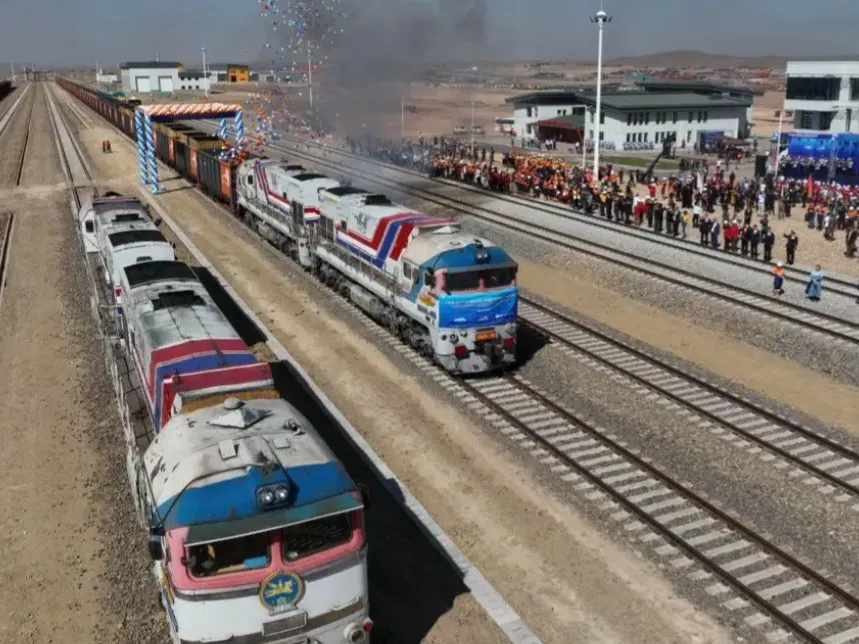
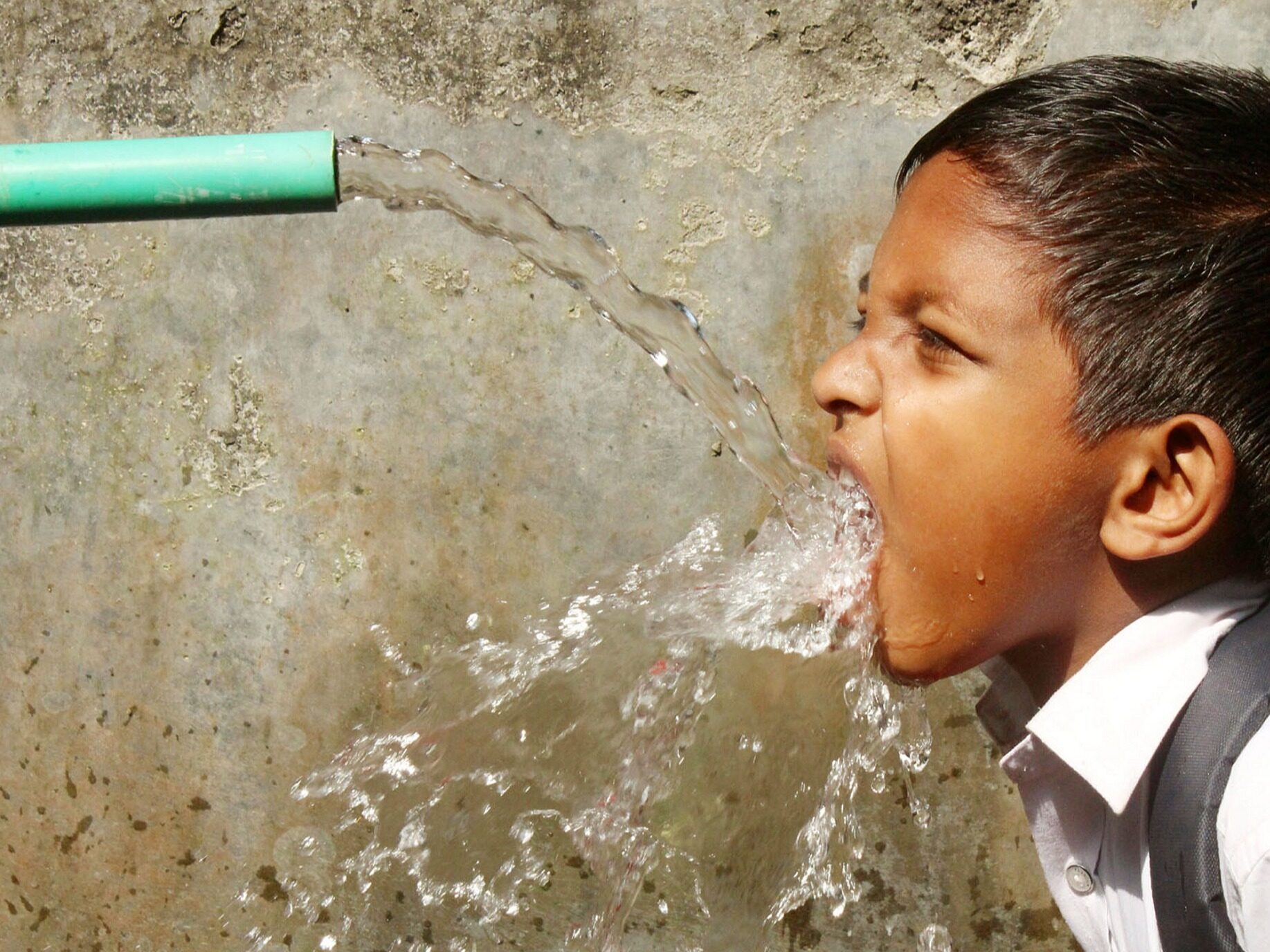
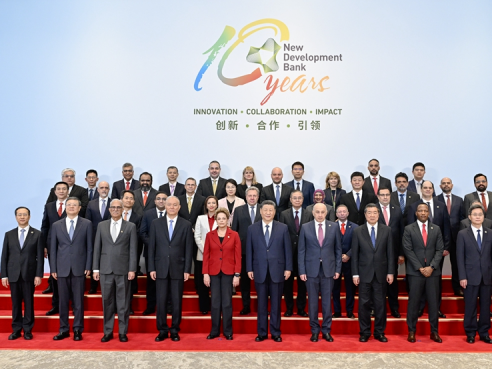
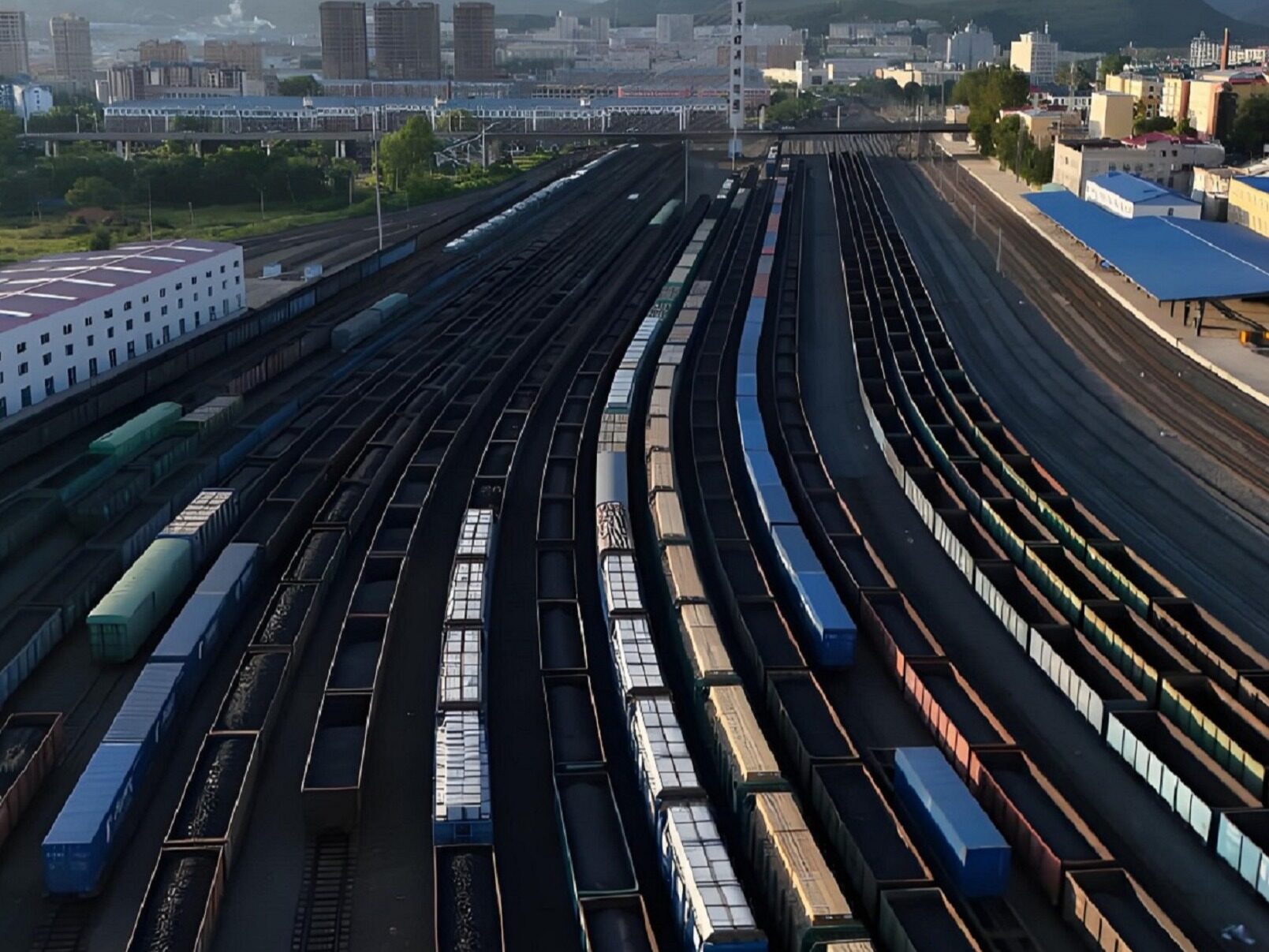

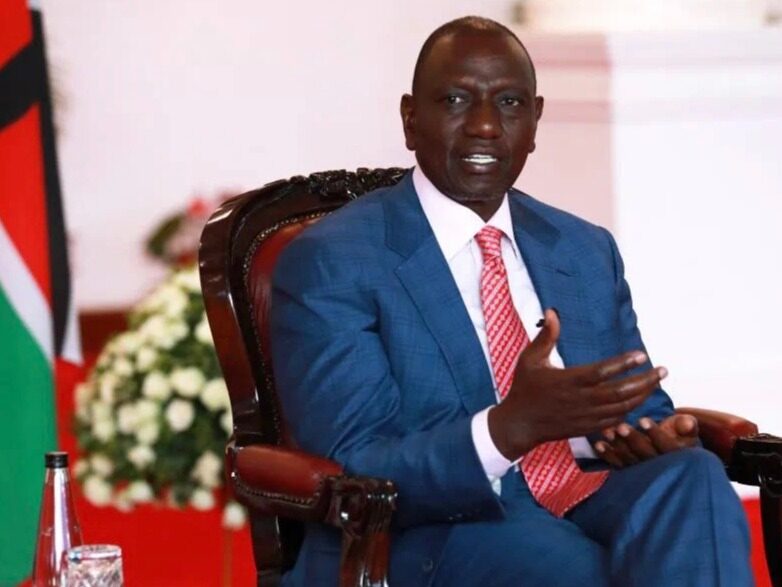






Write something~